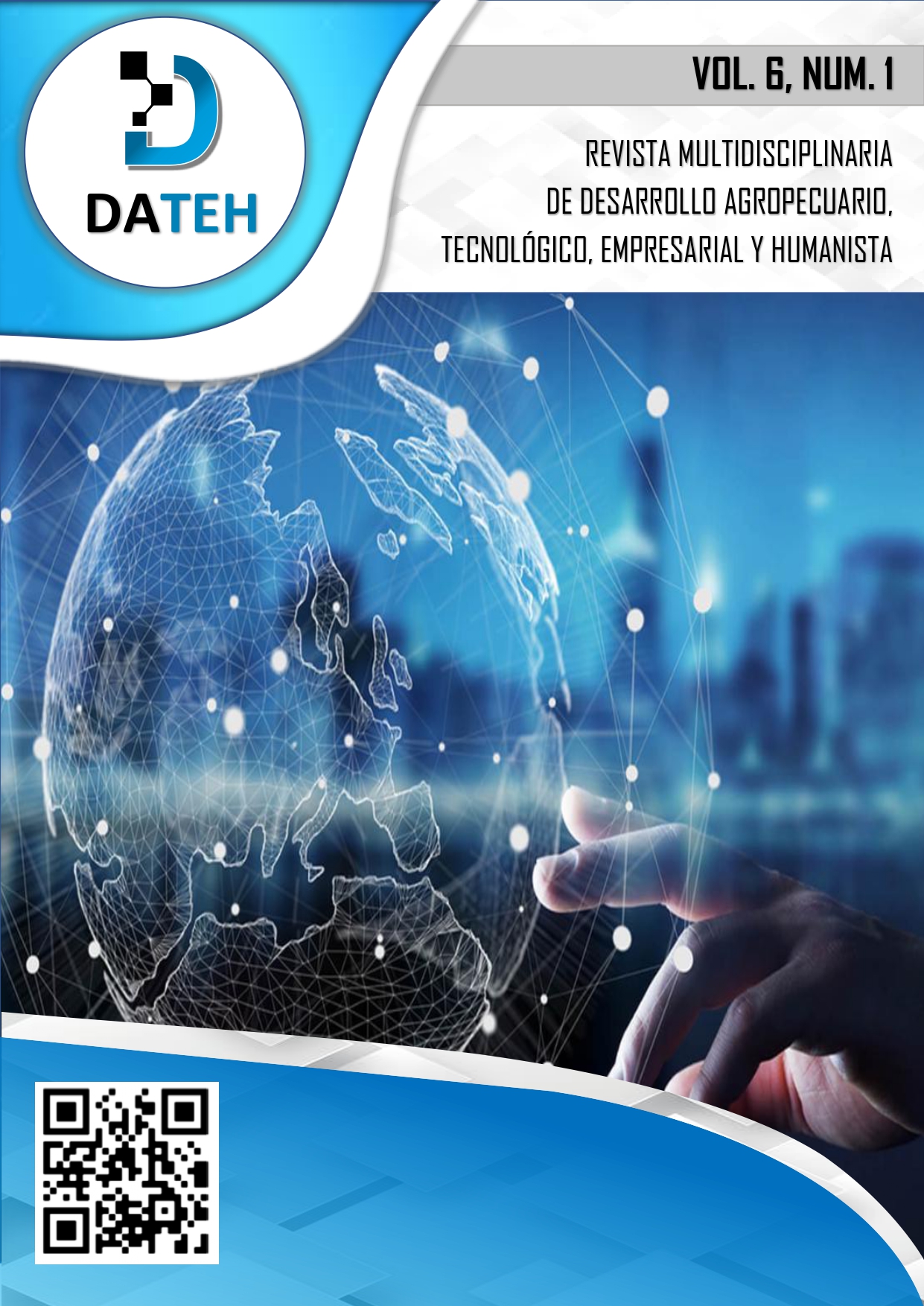Social networks as a tool to promote tourism in Ambato
Abstract
La globalización y el uso de internet han cambiado la forma en la que las industrias comercializan sus productos y servicios, en la actualidad, es necesario contar con presencia de marca en redes sociales, para que las personas conozcan acerca de un negocio y tengan una opinión real, acertada y positiva del mismo. Este cambio incluye al sector turístico, que si bien con el paso del tiempo ha evolucionado y mejorado, aún necesita adaptarse a las nuevas demandas del mercado, siendo el marketing de contenidos una realidad creciente que permite a las personas recibir información por medios digitales, donde la pieza gráfica que maneja el emprendimiento permite una conexión real con el cliente y una transmición adecuada de la información requerida, por este motivo, el presente artículo de investigación plantea analizar la influencia del marketing digital como herramienta de promoción del turismo del cantón Ambato, con base en la presencia que poseen los emprendimientos turísticos en las redes sociales Facebook e Instagram, debido a su alto nivel de aceptación dentro de la sociedad ecuatoriana, este análisis será a nivel de interacciones, por el número de me gusta, compartidos y comentarios que existen en las publicaciones realizadas y contenido de calidad.
Downloads
References
Armas-Arias, S., González-Sánchez, A., Monge-Martínez, J., Infante-Paredes, R. (2022). Web 2.0 Education Tools as Support in Digital Marketing: Tungurahua Case Study. In: Auer, M.E., Tsiatsos, T. (eds) New Realities, Mobile Systems and Applications. IMCL 2021. Lecture Notes in Networks and Systems, vol 411. Springer, Cham. https://doi.org/10.1007/978-3-030-96296-8_96
Ballesteros, Peñaherrera, Sánchez, Monge. The buyer person as a digital marketing strategy: case study Tungurahua tourism sector. Medwave 2022;22(S2): eUTA105. Doi: 10.5867/medwave.2022.S2.UTA105
Bumsoo Kim & Yonghwan Kim (2019). Facebook versus Instagram: How perceived gratifications and technological attributes are related to the change in social media usage. The Social Science Journal, 56(2), 156–167. https://doi.org/10.1016/j.soscij.2018.10.002
Caliandro, A., & Graham, J. (2020). Studying Instagram Beyond Selfies. Social Media + Society, 6(2), 205630512092477. https://doi.org/10.1177/2056305120924779
Cornwell, T. B. (2019). Less “Sponsorship As Advertising” and More Sponsorship-Linked Marketing As Authentic Engagement. Journal of Advertising, 48(1), 49–60. https://doi.org/10.1080/00913367.2019.1588809
Edgar, T., & Manz , D. (2017). Exploratory Study. Research Methods for Cyber Security. Elsevier, 95–130. https://doi.org/10.1016/B978-0-12-805349-2.00004-2
Faber, B. (2022). Platforms as distinctive realms and the role of policy discretion: a cross-platform assessment of citizen engagement with Dutch municipalities through Twitter, Facebook, LinkedIn, and Instagram. Local Government Studies, 48(5), 973–994. https://doi.org/10.1080/03003930.2021.2007081
Frick, T., & Eyler, K. (2014). Return on Engagement. https://doi.org/10.4324/9780203751817
González-Sánchez, A., Monge-Martínez, J., Ballesteros-López, L., Armas-Arias, S. (2022). Logistic Regression Model and Decision Trees to Analyze Changes in Tourist Behavior: Tungurahua Case Study. In: Botto-Tobar, M., Cruz, H., Díaz Cadena, A., Durakovic, B. (eds) Emerging Research in Intelligent Systems. CIT 2021. Lecture Notes in Networks and Systems, vol 406. Springer, Cham. https://doi.org/10.1007/978-3-030-96046-9_16
Gómez, P., & Mancheno, M. (2023). Marketing de contenidos como herramientas en las redes sociales en las empresas comerciales de la ciudad de Ambato. Polo del Conocimiento, 79(8), 1916-1939. DOI: 10.23857/pc.v8i3
Harikrishnan Nair N J, Vinith Kumar Nair (2022). A Hybrid Digital Marketing Model based on Content Marketing and Inbound Marketing. Journal for Educators, Teachers and Trainers,Vol. 13(4), 13-26. https://doi.org/10.47750/jett.2022.13.04.003
Heredia Gamboa, E. A., GamboaSalinas, J. M., Mancheno Saá, M. J., & Hurtado Yugcha, J. (2022). Geomarketing y transición digital, tendencia de innovación que representa el futuro del turismo. Polo del Conocimiento, 7(10), 1902-1934. https://doi.org/10.23857/pc.v7i10.4821
Hysa, B., Zdonek, I., & Karasek, A. (2022). Social Media in Sustainable Tourism Recovery. Sustainability, 14(2), 760. https://doi.org/10.3390/su14020760
Mentinno Group. (2022). Estado Digital Ecuador Octubre del 2022. Mentinno Innovation & LifetimeValue Partners. https://www.mentinno.com/estado-digital-ecuador-octubre-2022/
Setiawan, R., Wibisono, D., & Purwanegara, M. S. (2022). Defining Event Marketing as Engagement-Driven Marketing Communication. Gadjah Mada International Journal of Business, 24(2), 151. https://doi.org/10.22146/gamaijb.63788
Steinhoff, L., Liu, J. (Sunny), Li, X., & Palmatier, R. W. (2023). Customer Engagement in International Markets. Journal of International Marketing, 31(1), 1–31. https://doi.org/10.1177/1069031X221099211
Sun, B. Q., Swan, T. T., Lu, Y., & Mathien, L. (2019). The Investigation of Dependence Between the Internet Measurement and Globalization. Journal of Global Information Management, 27(4), 176–188. https://doi.org/10.4018/jgim.2019100109
Torres, M., & Alava, V. (2021). Diseño de un plan de marketing para promover el turismo en el cantón Samborondón en el año 2020. Res Non Verba, 11(1), 125-139. https://doi.org/10.21855/resnonverba.v11i1.433
Ventre, I., Mollá-Descals, A., & Frasquet, M. (2021). Drivers of social commerce usage: a multi-group analysis comparing Facebook and Instagram. Economic Research-ekonomska Istraživanja, 34(1), 570–589. https://doi.org/10.1080/1331677x.2020.1799233



